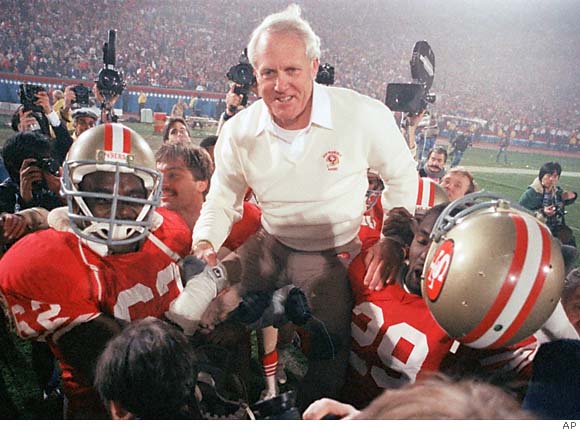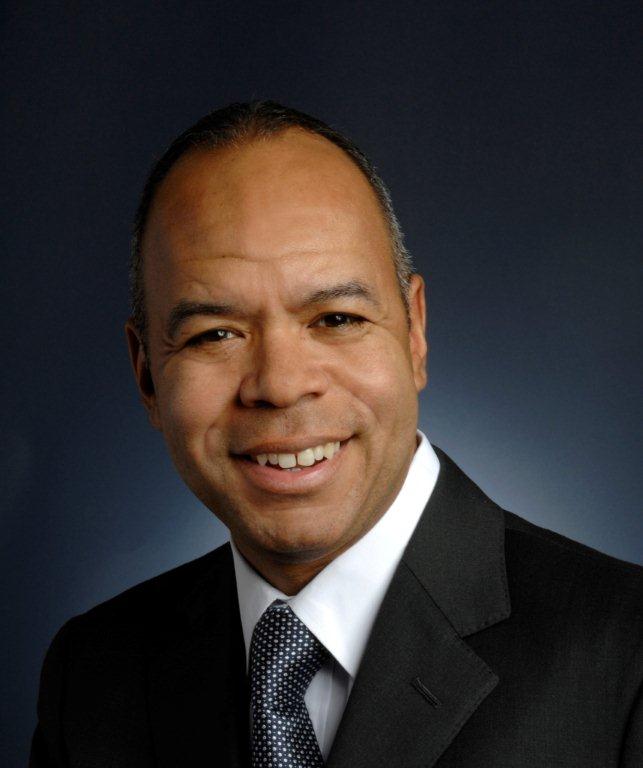Do you look into your revenue future and see uncertainty?
If so, that might be because you’re still looking at backward-focused data rather than making predictions based on future-focused insight.
Business Intelligence vs. Predictive Analytics
As early as 2013, experts at Gartner were saying that using business intelligence (which looks back at what happened in the past) was no longer enough to be competitive. Instead, they encouraged leaders to look at the potential of predictive capabilities.
This year, the mission of the Sales 2.0 Conference is to educate business-to-business sales leaders about the power of predictive analytics. The reason predictive tools are so powerful is that they help you answer two key questions:
- “What could happen?”
- “What should we do?”
What Questions Can Predictive Analytics Answer?
Predictive capabilities improve your ability to make informed, intelligent decisions about how to manage your team and generate revenue. In their book, The Power of Sales Analytics, experts at global sales and marketing consulting firm ZS Associates write that data and technology can be used to address the following common questions for sales leaders.
- How can salespeople identify the right customer opportunities? What sales activities best seize those opportunities?
- How can sales activities be organized into effective selling roles? How many people do we need in each role?
- What is the profile of a successful salesperson? Does our recruiting program acquire the best talent? Are we training and developing the right competencies?
- What information and tools does the sales force need to create value for customers?
- Are incentive programs, goals, and performance-management processes aligned to motivate high achievement and drive results?
Three Ways Sales Teams Can Become Predictive
If you want to adapt to a predictive future, you need to take the following three steps.
#1: Embrace your organizational data.
Analytics run on data. The good news: you don’t need any extra data to become predictive. Predictive applications use data you already have to make useful predictions about future events.
#2: Don’t play the waiting game.
Many sales organizations are still behind the data curve. In this month’s Selling Power magazine cover story, Jenny Dearborn, senior vice president and chief learning officer at SAP and a past presenter at Sales 2.0 Conference events, said that very few sales leaders know how to leverage data in a comprehensive way that impacts the sales cycle “from start to finish.”
She observes that, by contrast, leaders who are using data and predictive analytics are driving “breakthrough results.”
To hear specific examples of how these tools are helping sales leaders, join Mike Moorman, managing principal of sales solutions at ZS Associates, at the Sales 2.0 Conference in San Francisco in April. His presentation, “Sales Analytics Truths, Myths & Realities: Insight from 30 Years of Sales Analytics Leadership,” will show
- how leading companies have, are, and will use sales analytics to increase profitable revenue growth;
- the sales analytics business case;
- how to achieve world-class sales analytics capabilities.
It can be intimidating to tackle mounds of expanding information about your customers, sales transactions, market potential, competitors, sales activity, and salespeople, but the longer you wait, the more difficult it will be to start turning data into predictive insight.
#3: Use your CRM system diligently.
Most sales organizations today rely to varying degrees on a customer relationship management (CRM) system. Ideally, it holds important, useful data related to prospects, pipeline coverage, sales opportunities, and customers; however, salespeople aren’t always using this tool consistently or diligently. As a result, data is often inaccurate, incomplete, or just plain missing.
Becoming a predictive organization will require a culture change, starting with the consistent use of the CRM system. Once salespeople see the results and what predictive tools can do for them, they’ll be ready and willing to do so.
 Lisa Gschwandtner is editorial director at Selling Power and manages the Sales 2.0 Conference media team. Find her on Twitter @SellingPower20.
Lisa Gschwandtner is editorial director at Selling Power and manages the Sales 2.0 Conference media team. Find her on Twitter @SellingPower20.
[Image via Flickr / Mark Weaver]












 Find effective strategies. Vision is great, but if you cannot find a way to connect to it from the current reality, it’s useless. One leader who has been able to bring the imaginary to the realm of reality is football legend Bill Walsh. The legendary coach led his teams to amazing NFC division championships and NFC titles and earned a spot in the NFL Football Hall of Fame. One of his many strengths was as an offensive coach, constantly reading the field and creating strategies that would maximize his players’ skills and exploit the weaknesses of their opponents.
Find effective strategies. Vision is great, but if you cannot find a way to connect to it from the current reality, it’s useless. One leader who has been able to bring the imaginary to the realm of reality is football legend Bill Walsh. The legendary coach led his teams to amazing NFC division championships and NFC titles and earned a spot in the NFL Football Hall of Fame. One of his many strengths was as an offensive coach, constantly reading the field and creating strategies that would maximize his players’ skills and exploit the weaknesses of their opponents. Be a great communicator. The key to communicating is connecting with the audience. Former President Ronald Reagan was so well known for his ability to reach the American people that he earned the nickname, “The Great Communicator.” He didn’t use fancy language or rhetoric to win people over; in fact, it was the very simplicity of his style, coupled with his humor, which made him so popular. A senior leader’s job is to communicate corporate goals to employees and motivate them to achieve those goals.
Be a great communicator. The key to communicating is connecting with the audience. Former President Ronald Reagan was so well known for his ability to reach the American people that he earned the nickname, “The Great Communicator.” He didn’t use fancy language or rhetoric to win people over; in fact, it was the very simplicity of his style, coupled with his humor, which made him so popular. A senior leader’s job is to communicate corporate goals to employees and motivate them to achieve those goals. Listen. Sharing information is one skill; collecting information is another, equally valuable skill. And the queen of listening very well may be Meg Whitman, who is known for her humility and passion for listening to both her customers and employees.
Listen. Sharing information is one skill; collecting information is another, equally valuable skill. And the queen of listening very well may be Meg Whitman, who is known for her humility and passion for listening to both her customers and employees. Be inspirational. If there is one skill that can make up for a multitude of sins in other areas, it just might be the ability to inspire. People want to be a part of something great, something larger than themselves. Just ask business legend, former General Electric CEO Jack Welch. Known for his passion, commitment, and sense of fun, Welch led by example and took pride in his ability to develop his people. He regularly rewarded the highest performers (and cut the bottom feeders), thereby encouraging workers to make it to the top. “Giving people self-confidence is by far the most important thing that I can do. Because then they will act,” Welch has said.
Be inspirational. If there is one skill that can make up for a multitude of sins in other areas, it just might be the ability to inspire. People want to be a part of something great, something larger than themselves. Just ask business legend, former General Electric CEO Jack Welch. Known for his passion, commitment, and sense of fun, Welch led by example and took pride in his ability to develop his people. He regularly rewarded the highest performers (and cut the bottom feeders), thereby encouraging workers to make it to the top. “Giving people self-confidence is by far the most important thing that I can do. Because then they will act,” Welch has said.